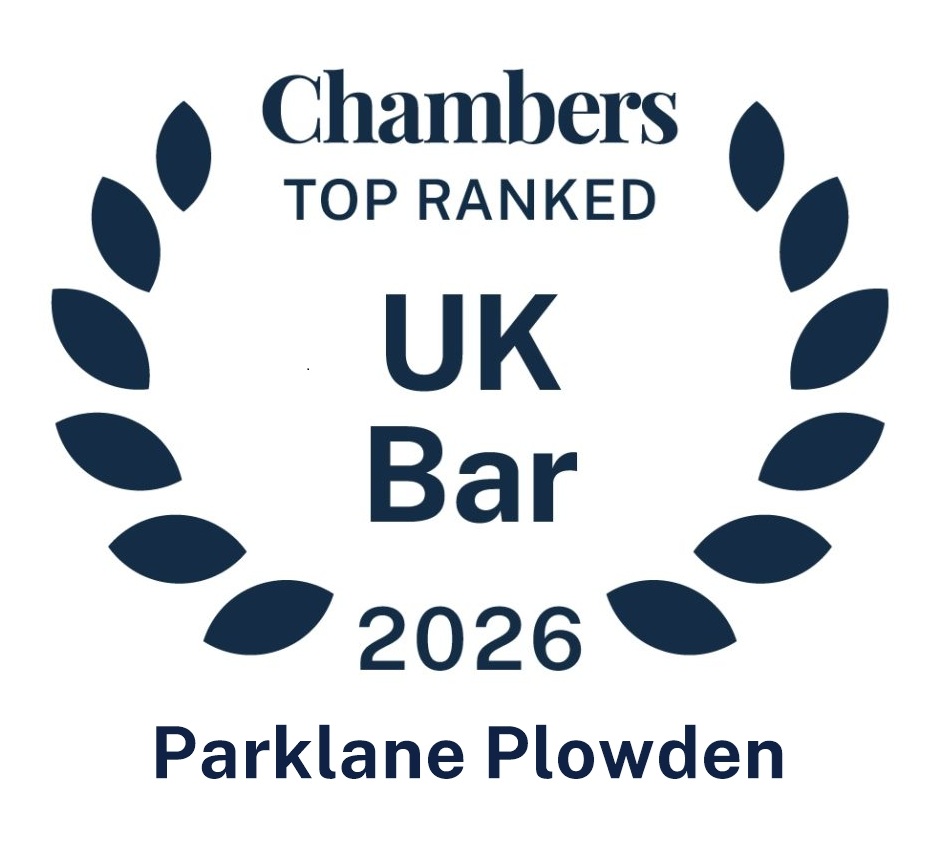Employment Newsletter Autumn 2017

1. An introduction from Andrew Sugarman
2. R (on the application of UNISON) v Lord Chancellor [2017] UKSC 51, an article by Catherine Souter
3. The Middle Way: The Public Interest Test in Whistleblowing Cases by Sophie
4. Mr I Efobi v Royal Mail Group Limited by Robert Dunn

Employment law didn’t get much of a summer holiday this year. It turned its nose up at the prospect of a few weeks in the sun working on its tan and decided to get down to some serious business instead. Since then, it has barely had a few days off. It must be looking forward to a well-earned rest over Christmas, before it then has to start thinking about Brexit again.
Hot on the heels of Mathew Taylor’s Review of Modern Working Practices was the most notable development of the summer, the Supreme Court’s ground-breaking judgment in R (on the application of UNISON) v Lord Chancellor [2017] UKSC 51, concluding that the introduction of fees for employment tribunal cases was unlawful. In this edition of our Newsletter, Catherine Souter considers the decision and its consequences, noting that it has, at least for the time being, seemingly mitigated the “doom” she had rightly predicted in her last Newsletter article in March 2015, following the introduction of fees. Catherine considers the background to the judgment and asks 5 now very pertinent questions that practitioners no doubt will have in mind:
1. How will refunds be administered?
2. Will respondents be “refunded”contributions made to claimant’s fees?
3. What of the claimant who could not afford to bring proceedings?
4. How will tribunals be funded in the future?
5. What can lawyers expect in the future?
Also in July, whistleblowing aficionados were given a summer treat (of sorts); the first Court of Appeal decision dealing with the “public interest” test which had been introduced in June 2013. It had been hoped that the Court of Appeal might give clear guidance on the meaning of the new statutory wording. Sophie Firth examines the judgment and considers the extent to which the Court of Appeal has in fact provided useful assistance to prospective whistleblowers (and practitioners). She rightly observes that the Court’s decision to eschew bright lines in favour of a multi-factorial test is only likely to lead to further litigation.
Whilst some of us were enjoying actual holidays, poor employment law was fretting about holiday pay. In August, the EAT held in Dudley Metropolitan Borough Council v Willetts and ors [2017] IRLR 870, that a tribunal had not erred in concluding that regular payments for voluntary overtime had to be taken into account in calculating employees’ holiday pay, thus developing the well-known earlier holiday pay jurisprudence.
Then in August, there was more good news for claimants in the form of an unexpected decision of the EAT on the burden of proof in discrimination claims: Efobi v Royal Mail Group Limited UKEAT/0203/16/DA. Laing J took many practitioners by surprise when she held that there is no burden on the claimant in a discrimination case under the Equality Act 2010 to prove a prima facie case of discrimination, unlike the position under the old discrimination statutes, as interpreted in Igen v Wong. Thus, there is no “shifting”of the burden from claimant to respondent and the Explanatory Notes to the Equality Act which suggest otherwise are wrong. Robert Dunn analyses this important decision, Laing J’s “literal interpretation” of s136(2) and its likely consequences.
There was then more good news for claimants. In early September, the English and Scottish Presidents published their response to the consultation launched at the start of the summer on uprating the Vento bands of compensation for injury to feelings in discrimination cases. This followed De Souza v Vinci Construction (UK) Ltd which held compensation for injury to feelings and personal injury in discrimination cases should benefit from the Simmons v Castle [2012] EWCA Civ 1039 10% uplift. New Presidential Guidance sets out new bands for cases presented on or after 11 September as follows:
Lower: £800 to £8,400 – for less serious cases;
Middle: £8,400 to £25,200 – for cases that do not merit an award in the upper band;
Upper: £25,200 to £42,000 – for the most serious cases;
Exceptional cases only: Above £42,000.
There have also been a spate of well publicised cases testing status in the gig economy, with Uber and Addison Lee’s business models both coming a cropper. We currently await the EAT’s judgment on Uber’s appeal, though observers will have noted that the tide seems to be going in one direction at the moment. No doubt that will feature in the next edition of the Newsletter. In the meantime, we hope you enjoy this edition and you, at least, get to enjoy a break at some point!

My last contribution to the Chambers’ Employment Team newsletter was in March 2015. It was entitled “The Future of Employment Tribunals” and considered the introduction of Employment Tribunal fees, ACAS Early Conciliation and alternatives to the ˜traditional” tribunal model. It was a prophecy of doom for the “traditional” tribunal model and predicted a significant decline in the number of claims pursued via this route. It proposed that employment disputes settled by way of judicial intervention, mediation and arbitration would be the way of the future. It also proposed that an alternative fee structure, more akin to the county court model, would be more equitable, workable and acceptable than the current arrangement. If I might say so myself, all very worthy predictions!
But no one could have predicted the seismic political changes in Europe and the wider world since that time. Or the seismic decision of the Supreme Court in R (on the application of UNISON) v Lord Chancellor [2017] UKSC 51.
Please follow this link for the rest of the article.

The facts
- The Claimant (the Respondent to the appeal) was employed by the Respondent (the Appellant) at the time of his dismissal as the Director of its Mayfair office. He claimed he had been dismissed and subjected to various detriments because he had “blown the whistle” that is, made protected disclosures ” and accordingly he brought claims under s103A and s47B of the Employment Rights Act 1996 (‘ERA 1996’).
- The Claimant had previously complained that the Respondent’s new commission system would have a substantial adverse effect on his profits. Against this background, he disclosed that discrepancies in the monthly internal accounts showed that the profitability of the Mayfair office was being deliberately manipulated to the tune of £2 to £3 million to the benefit of the shareholders. The effect of this was to reduce the level of commission payable to over 100 senior managers (including the Claimant).
To read the rest of the article, please follow this link.

THE ISSUE
In a direct discrimination claim, does Section 136(2) of the Equality Act 2010 impose a burden on the Claimant to prove facts from which a Tribunal could make a finding of direct discrimination, before the burden of proof then shifts to the Respondent?
THE FACTS
The Claimant worked as a postman for Royal Mail. He made around 30 internal job applications for IT-related roles, none of which were successful. The Respondent alleged that this was down to the “poor” quality of his CV and applications. The Claimant alleged that it because of his race. The Claimant brought claims of direct and indirect discrimination, as well as harassment and victimisation. The ET allowed the claims of harassment and victimisation, relating to the Claimant’s bringing of the direct discrimination claim. The indirect discrimination claim was dismissed.
Crucially however, the direct discrimination claim was also dismissed. No evidence had been adduced by the Respondent as to the race of the candidates whom were shortlisted, longlisted, interviewed or were ultimately successful. The ET held, applying the guidance in Igen v Wong [2005] EWCA Civ 142, that it was for the Claimant to prove facts from which the ET could conclude that, absent an explanation, there had been discrimination. Therefore, due to the absence of evidence at “Stage 1”, and although most of that was in the Respondent’ s control, the ET were unable to make findings of fact about any real or hypothetical comparator. The Claimant therefore failed to discharge the burden of proof, and the claim had to fail. The Claimant appealed.
Please follow this link to continue reading the article










